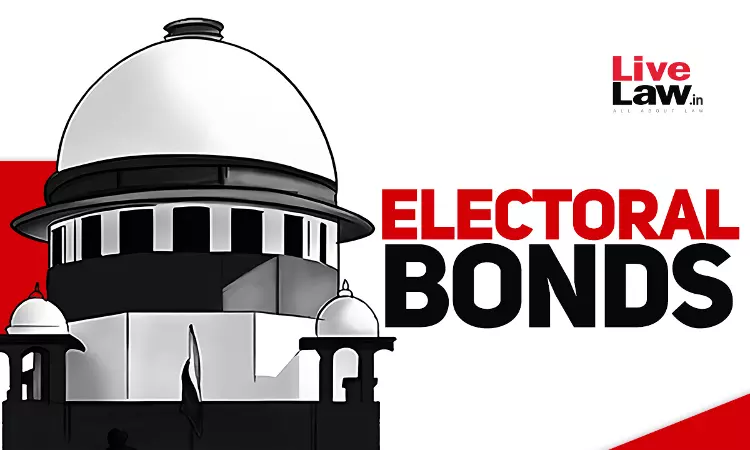Electoral Bonds | How Supreme Court Used Proportionality Test To Give Primacy To Voters' Right To Information
Debby Jain
17 Feb 2024 9:35 AM IST

Next Story
17 Feb 2024 9:35 AM IST
In a profound development, the Supreme Court on Thursday (February 15) struck down the controversial Electoral Bonds (EB) Scheme, holding that anonymous EBs are violative of the right to information enshrined under Article 19(1)(a) of the Constitution.The decision was rendered by a Constitution Bench comprising CJI DY Chandrachud, Justices Sanjiv Khanna, BR Gavai, JB Pardiwala, and Manoj...
